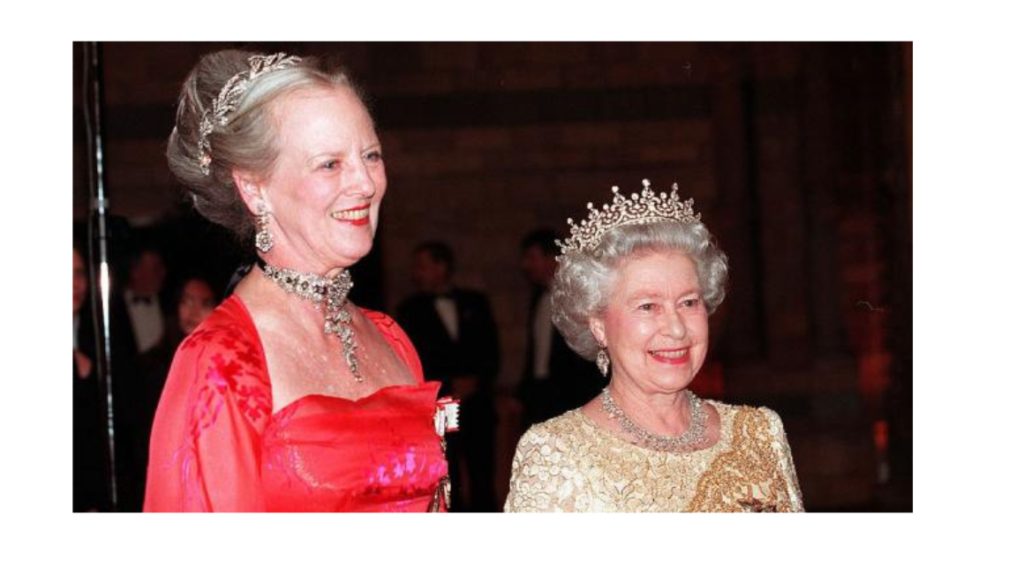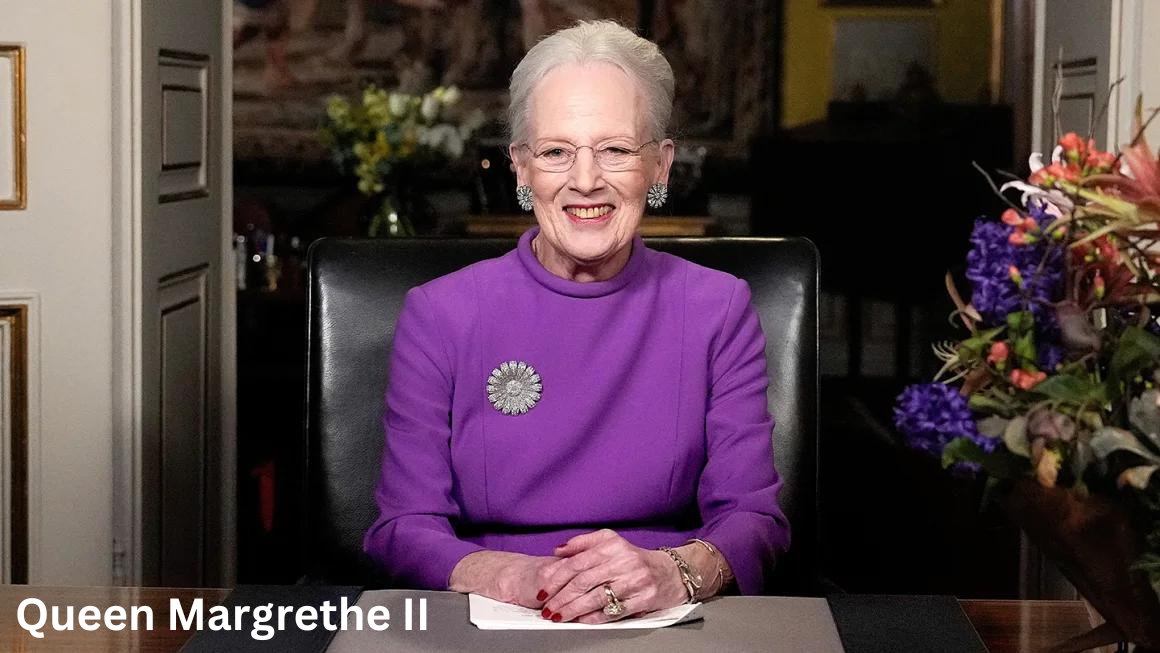
Following a 52-year reign, Queen Margrethe II of Denmark announces her abdication.
Queen Margrethe II decision

In a historic and unexpected turn of events, Queen Margrethe II of Denmark has revealed her decision to abdicate the throne in early 2024, ending a remarkable reign spanning more than five decades. The announcement was made during his traditional New Year’s Eve address to the nation. The 83-year-old Queen cited her recent back surgery as a key factor that prompted her to think about the future.
This blog explores the key moments surrounding Queen Margrethe’s decision, her thoughts on the challenges she faced during her reign, and the implications of her abdication as she handed over the throne to her son, Crown Prince Frederick.
Queen Margrethe
The Surprising Announcement:
Queen Margrethe II’s decision to step down was greeted with surprise and reverence as she shared her thoughts on the impact her more than five decades on the throne has had on her. In his New Year’s Eve speech, he acknowledged the physical demands of his role and described how his recent back surgery had prompted reflection about the appropriate time to hand over responsibility to the next generation.This surprise announcement marks the end of an era and sets the stage for a new chapter in Denmark’s royal history.
Reign of Queen Margrethe II
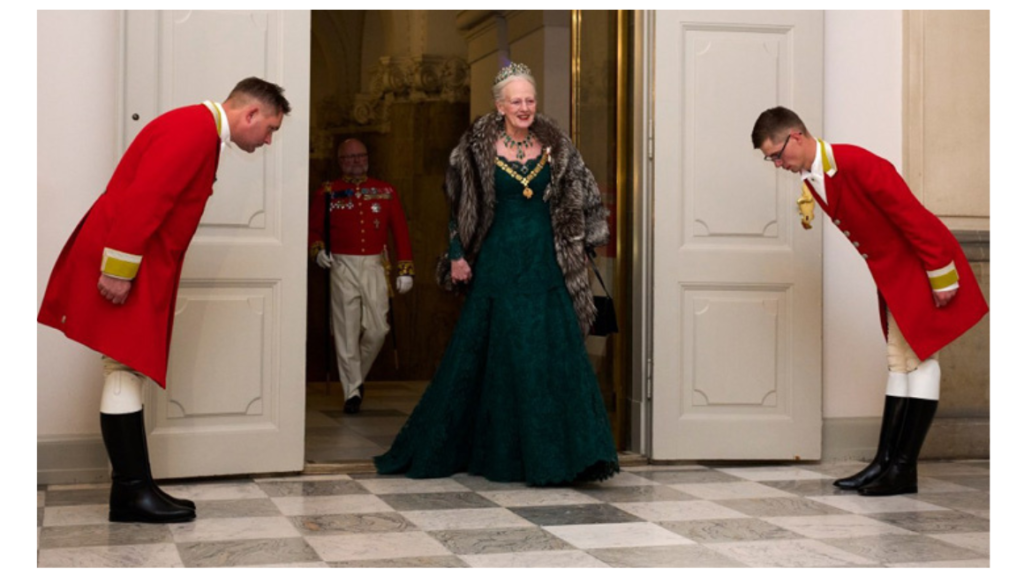
Queen Margrethe II ascended the throne on 14 January 1972, following the death of her father, King Frederick IX. During her reign, she has been a symbol of stability and continuity for Denmark. His commitment to his royal duties and deep connection with the people have defined an era of the Danish monarchy.As Europe’s longest-reigning monarch, Queen Margaret II has left behind a legacy that will be remembered until the next monarch’s memorial service, following the death of Britain’s Queen Elizabeth II.
Reflections on 52 years of legacy
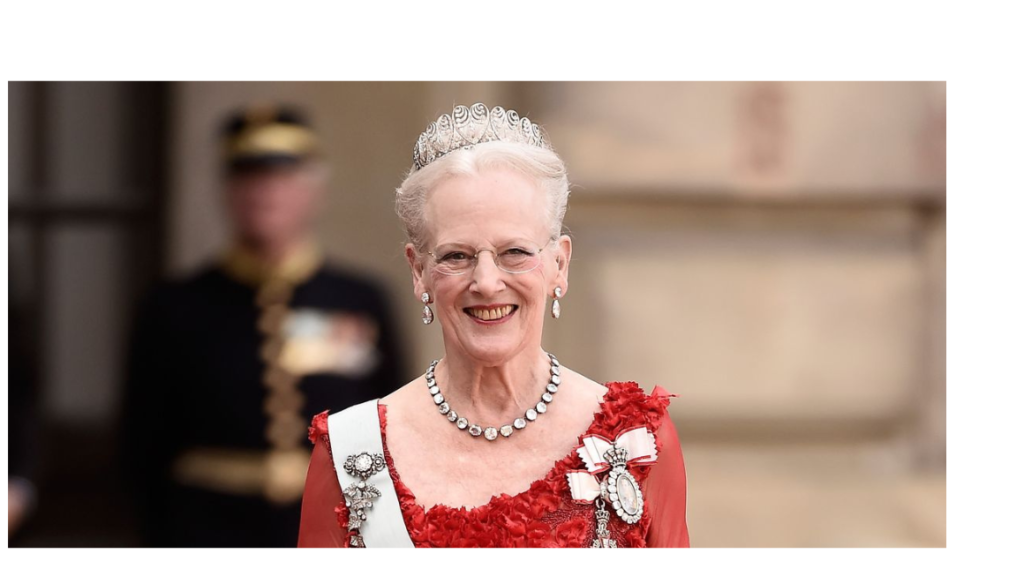
In her announcement, Queen Margrethe II reflected on the challenges and triumphs she has experienced during her more than half a century on the throne. Emphasizing the inevitability of change, the ravages of time and the increasing demands on one’s physical well-being were acknowledged. His decision to step down highlights the humanitarian aspect of the monarchy and the recognition that even the most enduring regimes must come to an end.
Road ahead
With the abdication imminent, the Danish monarchy is preparing for a transition of power. Queen Margrethe II’s eldest son, Crown Prince Frederick, will assume the throne on January 14, 2024. As the new emperor, he would inherit not only the responsibilities of leadership but also his mother’s rule. Denmark and the world will be watching closely as the nation embraces a new era under the rule of Crown Prince Frederik.
Global Impact
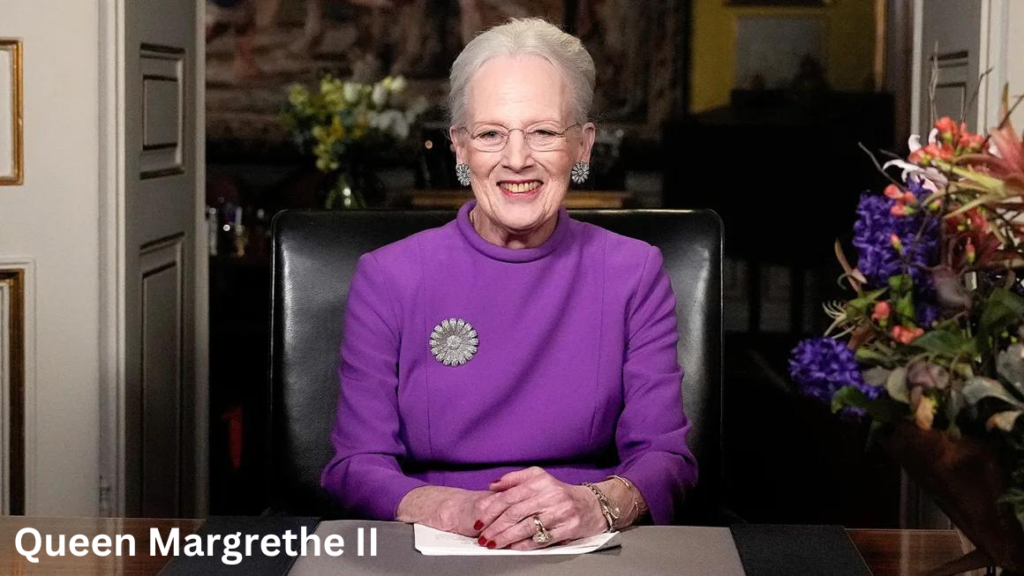
Queen Margrethe II’s abdication echoes beyond Denmark’s borders. As a major European monarch, his decision prompted discussion about the future of monarchy in the modern world. Crown Prince Frederick’s succession signals continuity, yet it also opens a dialogue about the relevance and role of royalty in contemporary society.
The global community will be watching to see how this change unfolds and what impact it will have on the status of the monarchy in the 21st century.
